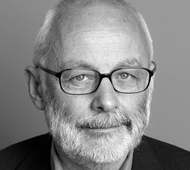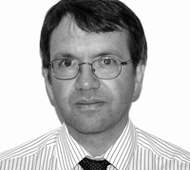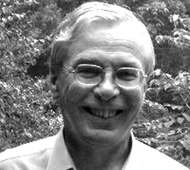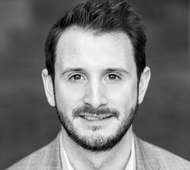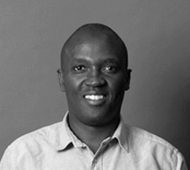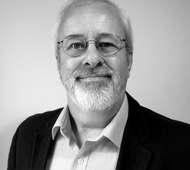12:00
Registration and networking over lunch
13:00
Introduction to Radio Technology SIG from Diego Giancola, PA Consulting Group
13:10
Welcome from host Scott Campbell, Deloitte
13:20
Welcome from sponsor Lindsay Harris, Pre-Sales & Product Marketing Manager, Rohde & Schwarz
13:30
Exploring the most challenging radio environments for mission critical IIoT communication’; Reiner Stuhlfauth, Technology Marketing Manager, Rohde & Schwarz
Industrial Internet of Things (IIoT) applications require extremely reliable, wireless communication technologies able to operate under quite challenging radio conditions. Understanding aspects of radio wave propagation, such as path loss, power delay profile, reflection, scattering and delay spread in such environments is an important step in developing appropriate technologies. This talk will shortly introduce a test setup to characterize radio wave propagation of the most challenging radio environments and present some first findings from analysing industrial machine-to-machine and vehicle-to-vehicle communication scenarios.
13:50
Q&A
13:55
WiSUN: a reliable bearer for mission-critical IoT applications; Simon Dunkley, European Technical and Regulatory Director, Silver Spring Networks
WiSUN mesh is a globally established standard underpinning networks connecting an ever-greater number of mission-critical IoT devices including smart electricity meters, substation transformers, streetlights and smart city sensors. The fundamentals of WiSUN will be explored, revealing the way in which this popular standard is being used to reliably connect over 40 million devices around the world.
14:15
Q&A
14:20
How can radio technology adapt to difficult environments?; Robin Heydon, Senior Director, Qualcomm Technology International Ltd
Pending regulatory restrictions, it is always possible to increase the speed, range or power of radio transmissions, but sometimes this is not possible. This talk with introduce some problems and solutions to using radio communications in difficult environments, including understanding mesh networking with Bluetooth and the security implications of this.
14:40
Q&A
14:45
Refreshments and networking
15:15
Increased range and longer battery life: Design for RF efficiency; John Haine, Visiting Professor, Bristol University
IoT devices are often required to operate in remote locations where network signal levels may be low, and the achievement of long battery life is often a major concern for designers and users. The realisation of high levels of connectivity with minimum power consumption is addressed by optimising RF efficiency. This is a function of the design of the platform, and both the selection of the antenna and its proper implementation.
The talk will explain some of the important design choices that control RF performance and will highlight some of the common pitfalls that should be avoided.
15:35
Steve Braithwaite, CTO, ASH Wireless Electronics Ltd
The design of IoT-type sensing systems can be determined by some surprising things. Where access to the assets to be monitored is limited, dangerous and installation must be performed quickly, and no power is available, design must be driven by this. Monitoring equipment for the Celsius electricity substation monitoring project is the result.
15:35
Q&A
16:00
Q&A
16:05
Panel session with all speakers chaired by Peter Topham, Qualcomm Technology Ltd
16:50
Event closes



